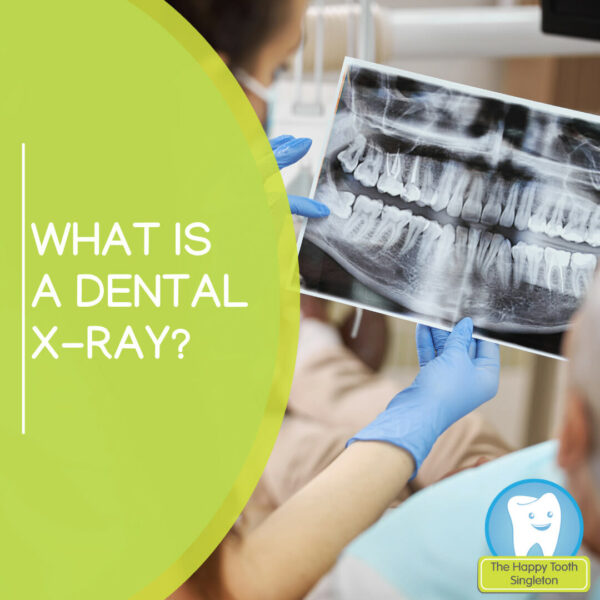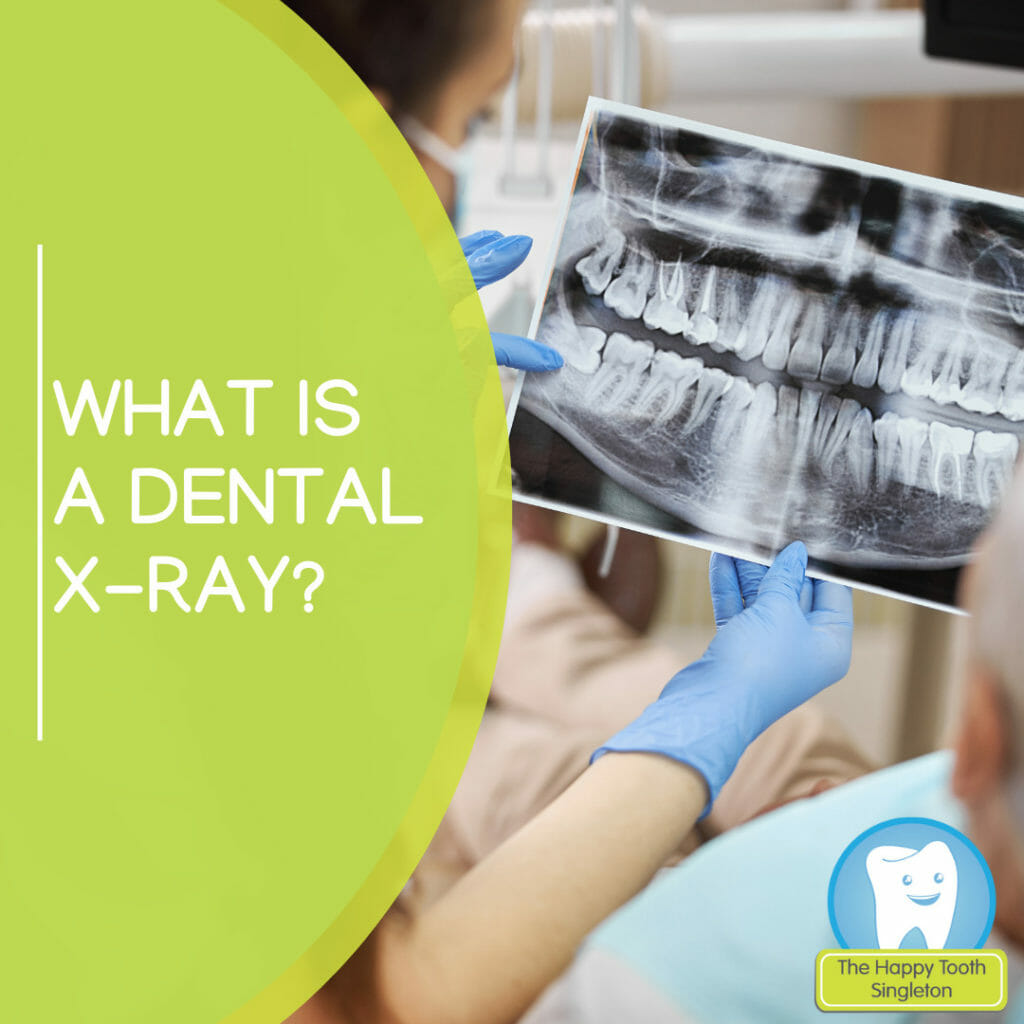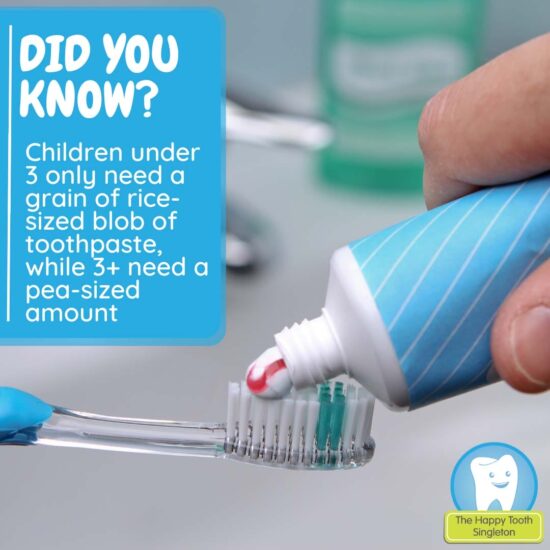Dental x-rays are an essential in allowing your Dentist to provide you with the best dental care, they allow your Dentist to see what is happening in areas that are not accessible to the naked eye, such as between the teeth, beneath the surface of the tooth, below the gum, and with certain x-rays, the entire jaw.
Dental x-rays are used to detect:
- Tooth decay
- How advanced the tooth decay is
- Bone lost from around teeth associated with severe gum disease.
- Tooth and bone fractures following an accident or injury causing damage to the face or mouth.
- The location of teeth in relation to nerves, sinuses, and other facial structures.
- Abscesses, cysts, and tumours.
- Issues with past dental treatment.
- Extra teeth or missing teeth
- The stages of tooth development including the timing of when teeth will push through into the mouth.
Dental x-rays are safe for both adults and children. The amount of radiation exposure in dental x-rays is extremely low. Here are some comparisons with everyday life exposure:
- Living each day – 4 microsieverts
- Dental X-rays (other than CBCT) -10 or less microsieverts
- A flight from Darwin to Perth – 16 microsieverts
- A flight from London to Melbourne- 42 microsieverts
- Dental CBCT – Less than 80 microsieverts
Although the radiation is low, your Dentist will leave the room while the x-ray takes place. As a patient, you generally only have dental x-rays taken every couple of months to even years but your Dentist and Dental Assistant take multiple a day, so it is for their safety to avoid ongoing radiation exposure.
For more information on radiation safety, please visit www.arpansa.gov.au




